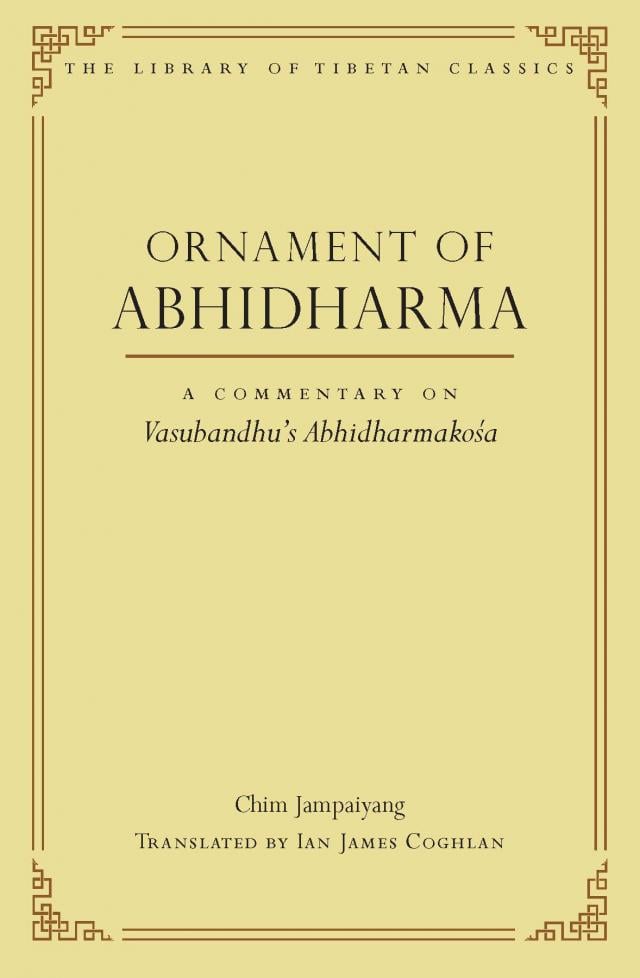The most condensed taxonomy
{The aggregates include all conditioned phenomena. The appropriated aggregates include all contaminants. The bases and elements include all phenomena. Therefore, in brief:}
All are included in one aggregate,
one base, and one element.
They are included due to their specific nature
because they are distinct from those of different nature. (1:18)
All phenomena are included in three [categories]: one form aggregate (skandha), one mental base (āyatana), and one phenomena element (dhātu), because the form aggregate includes the form aggregate, the ten physical elements, the ten bases, and nonindicative form included in one part of the phenomena base and [in one part of ] the phenomena element.
The mental base includes the consciousness aggregate, the mental base, and the seven mental elements. The phenomena element subsumes nonindicative form included in one part of the form aggregate, the three aggregates of feeling, discernment, and formation, and the phenomena base. The Subcommentary explains:
Nonindicative form is included twice.
That is because it belongs to both the form aggregate and the phenomena element. There are no phenomena other than these.
Question: How are they included?
Reply: They are included due to their specific nature (svabhāva) because they are distinct from (viyoga) those phenomena whose nature is different (parabhāva) from the form aggregate, the mental base, or the phenomena element, just as impermanence includes all conditioned phenomena. It is untenable that phenomena are subsumed by something other than phenomena because they do not possess an essential nature (bhāva) different from phenomena. Therefore they include themselves.
Question: How can it be said that teachers include or subsume their retinue?
Reply: Though they sometimes include them, such inclusion should be understood as nominal and imperfect because sometimes they do not include them.
{Question: Do the three agents that include the thirty-two objects to be included actually include them by including themselves in the way that product includes impermanence, [49] or do they nominally include them by including them by another means, like teachers who include or gather their retinue through the four methods?
Reply: They actually include by including themselves. They do not nominally include because agents that include [by definition] include objects to be included by their nature, and they do not possess those with different attributes.}
Rejecting the consequence of too many elements
There are two eyes and so on
but just one element, because they are similar in type,
object field, and consciousness.
Two occur in order to beautify. (1:19)
Objection: Because there are two eyes, two ears, and two nostrils, it follows that there would be twenty-one elements.
Reply: It is true that there are two eyes (cakṣu) and so on, but they are explained to be just one element (dhātu) because both have the nature of eyes that are similar in type (jāti) {and characteristics,} because they have a similar object field (gocara), [a similar] form, and because they are similar in supporting consciousness (vijñāna) that apprehends resultant form. Ears and so on should be understood in the same way.
Objection: There is no need for two in each case.
Reply: That is not so, because two eyes and so on occur to beautify (śobha) the supporting body. Further, they arise due to the power of karma and not by the mere desire for an attractive appearance, because karma is accumulated through craving for two sense faculties. If not, there would be an extreme fallacy.
Master Saṅghabhadra asserts there are two to make consciousness clearer.
Master Jinaputra indeed explains that there is no need for establishing a single, large sense faculty.
If set out in detail, there are two explanations:
Some say: There are two in order to beautify.
Others say: There are two to clarify.
 EXCERPTED FROM:
EXCERPTED FROM:
Ornament of Abhidharma: A Commentary on Vasubandhu’s Abhidharmakośa
By Chim Jampaiyang
Translated by Ian Coghlan
Get your copy of this book here to keep reading!
